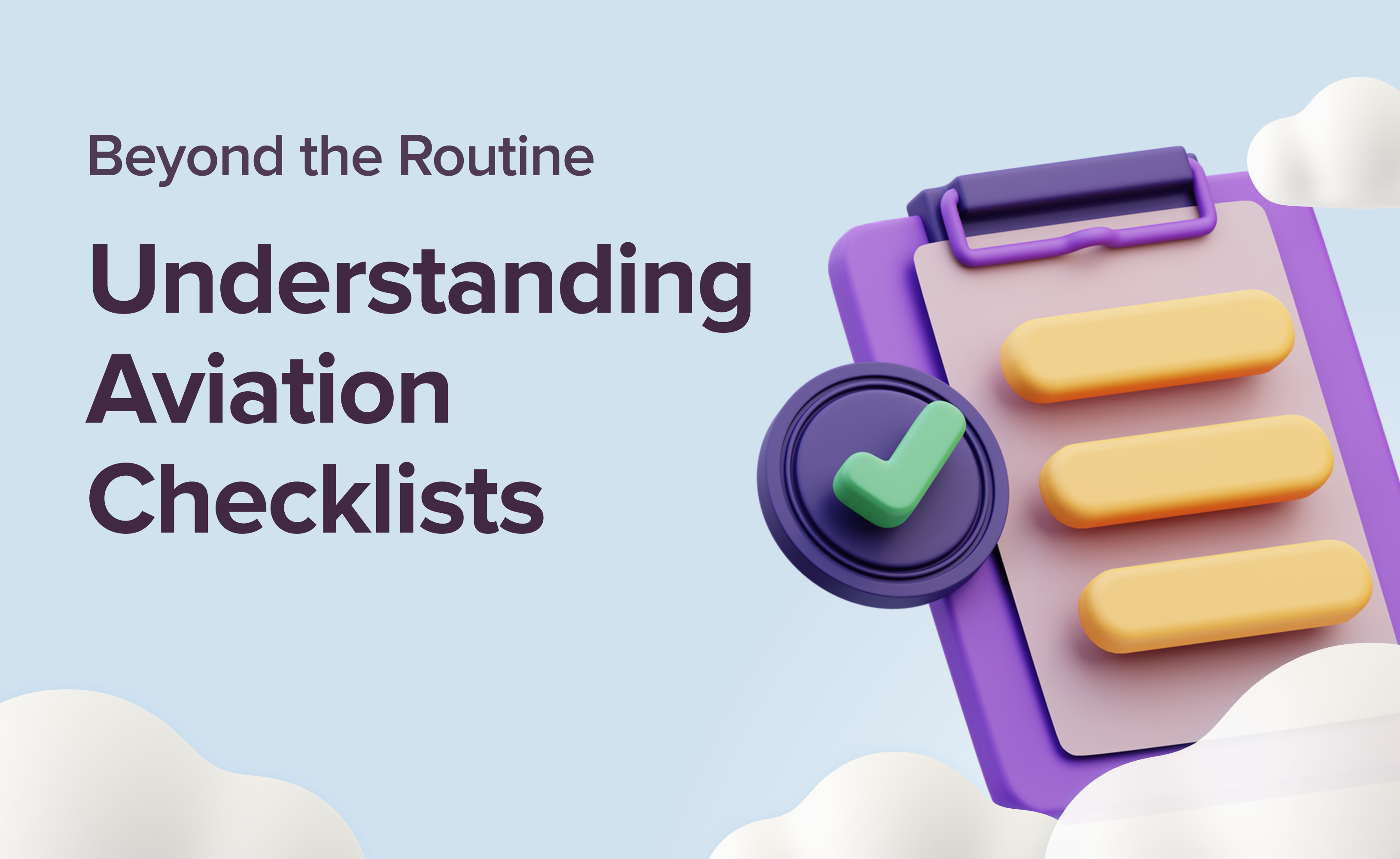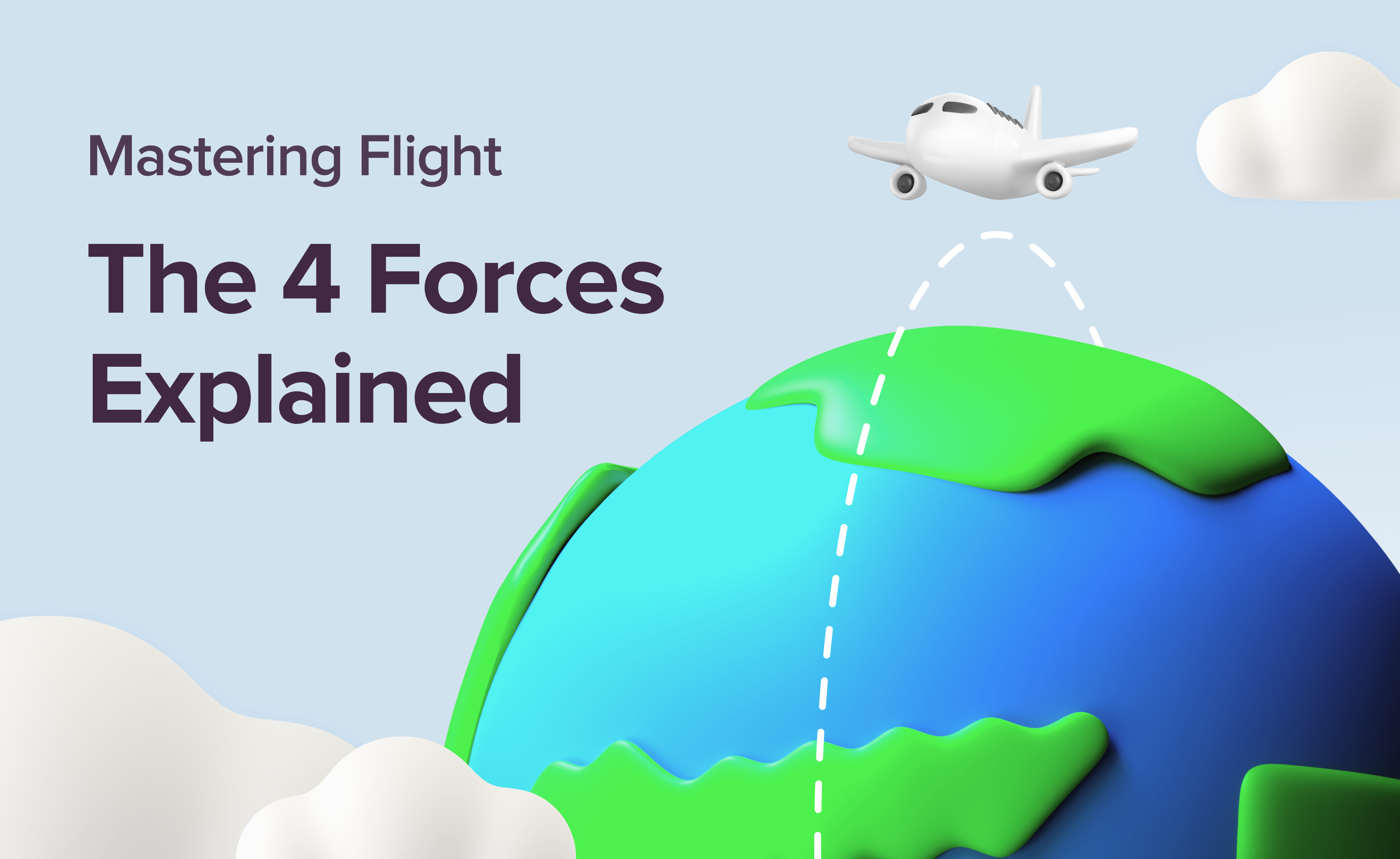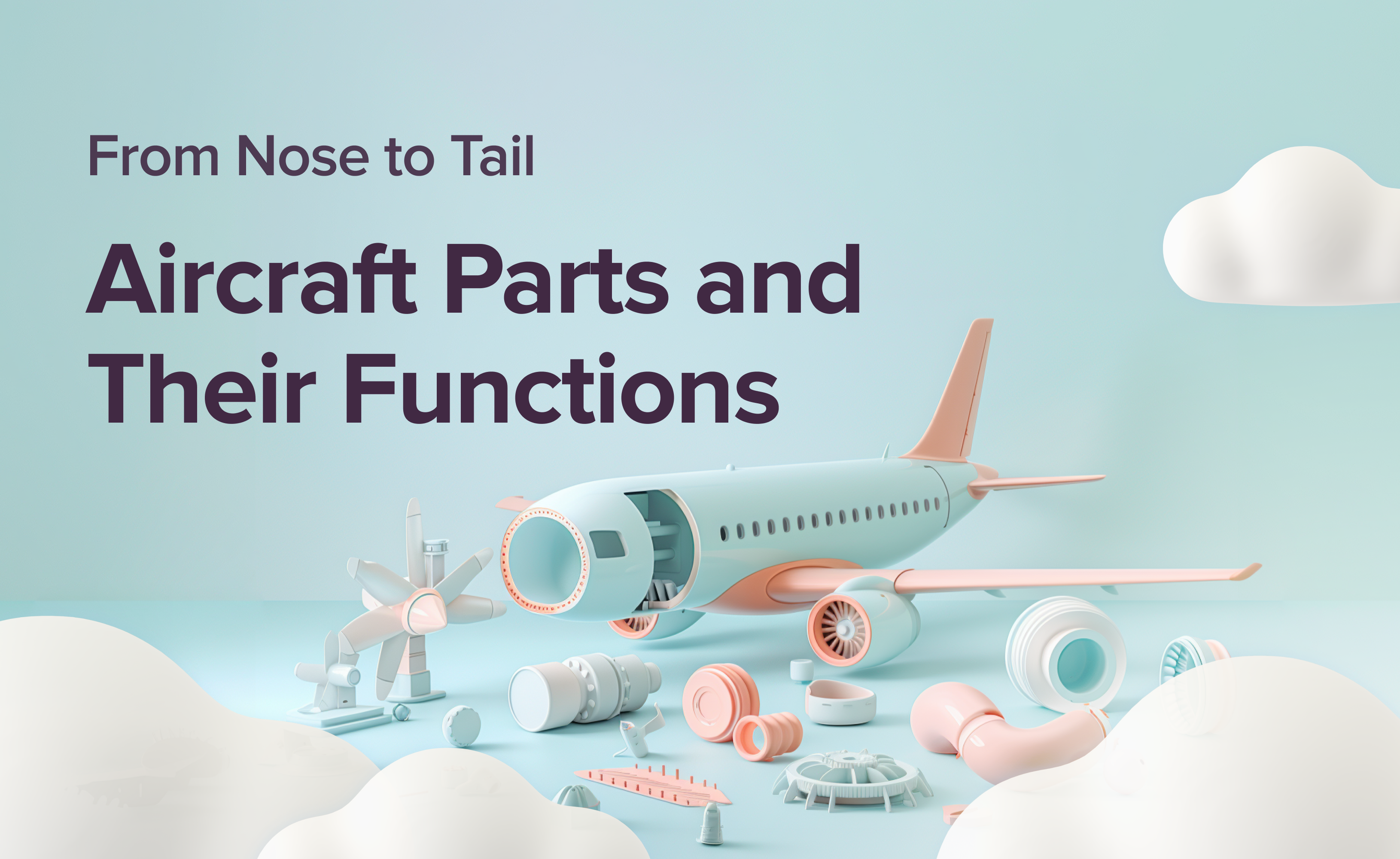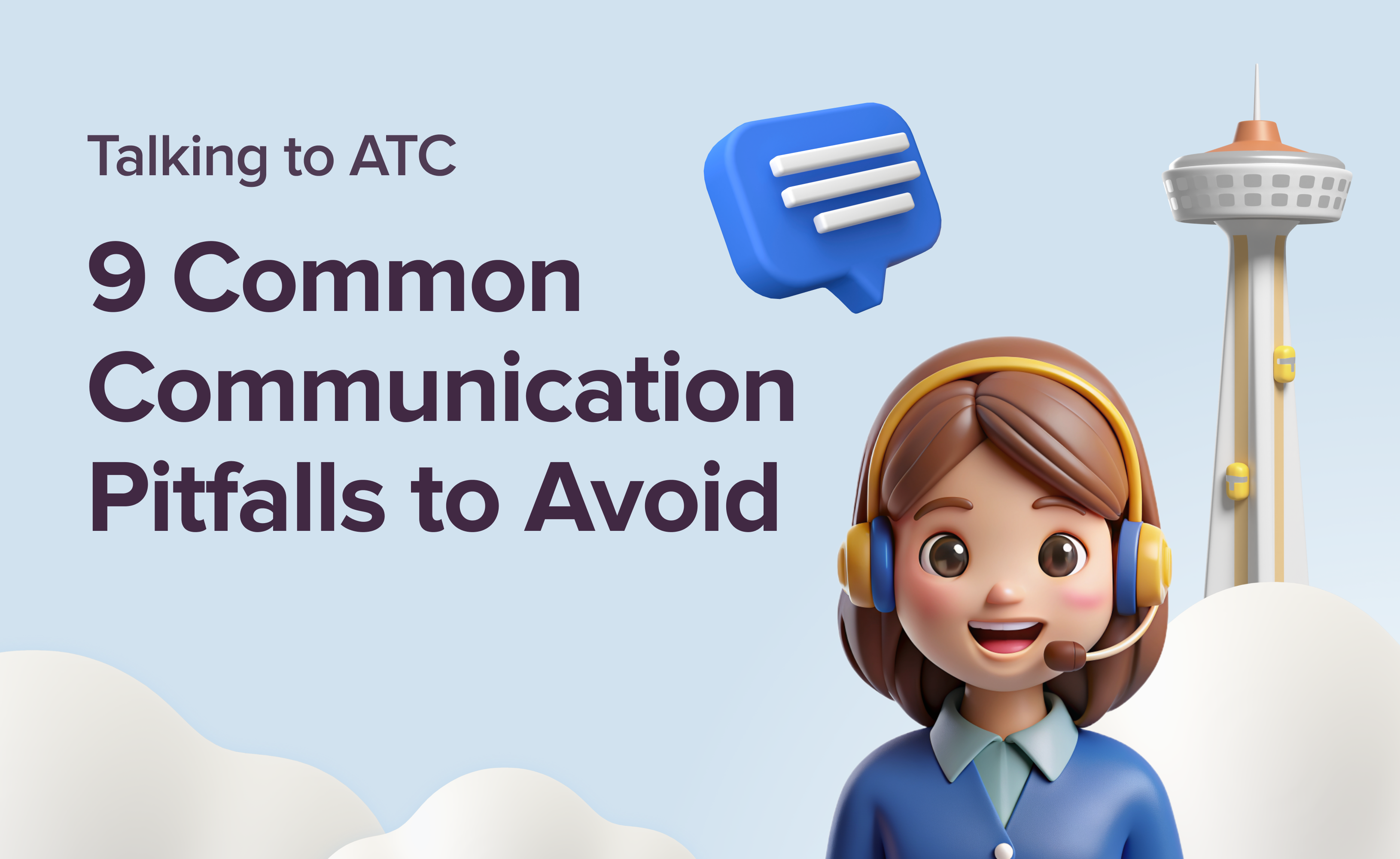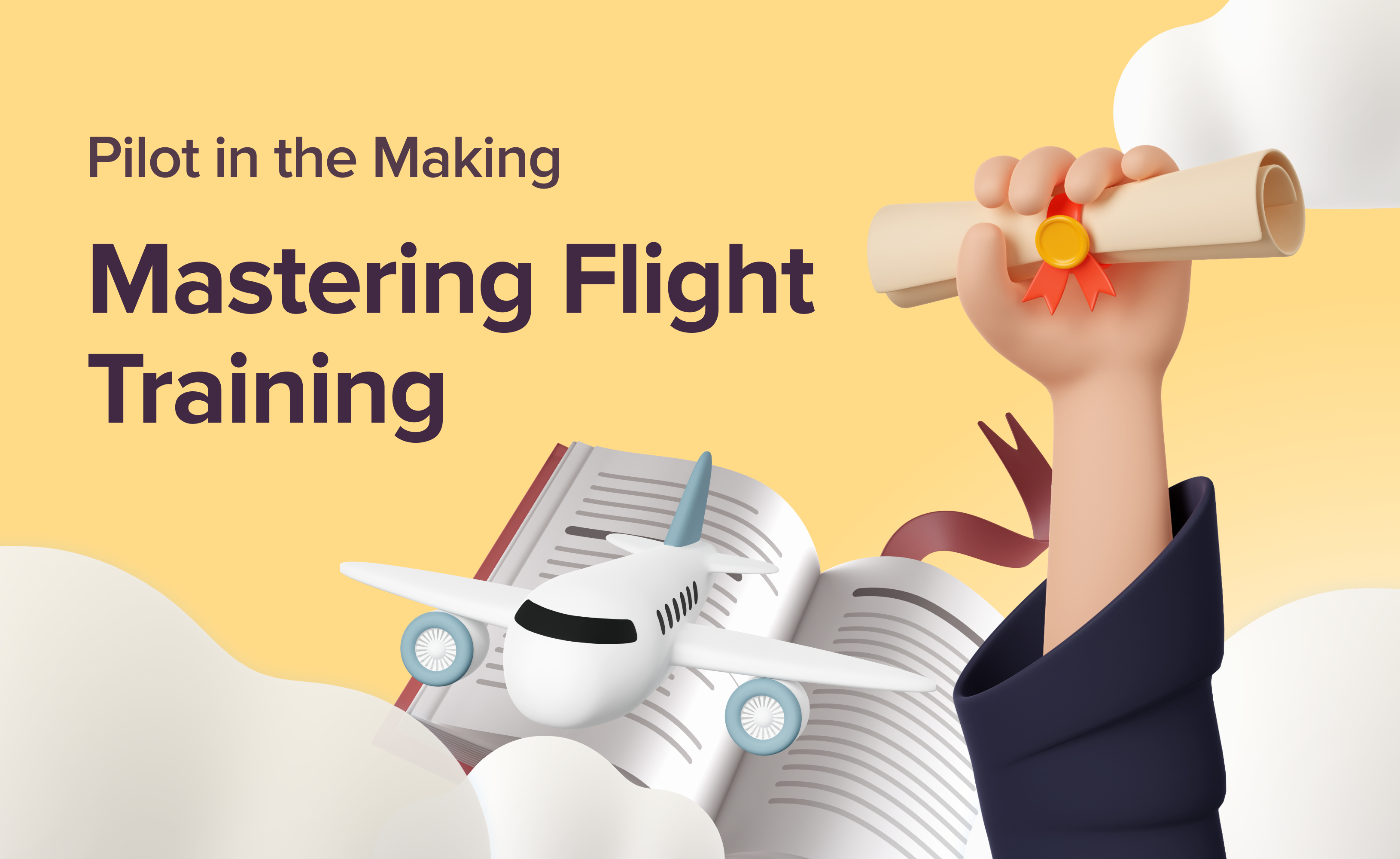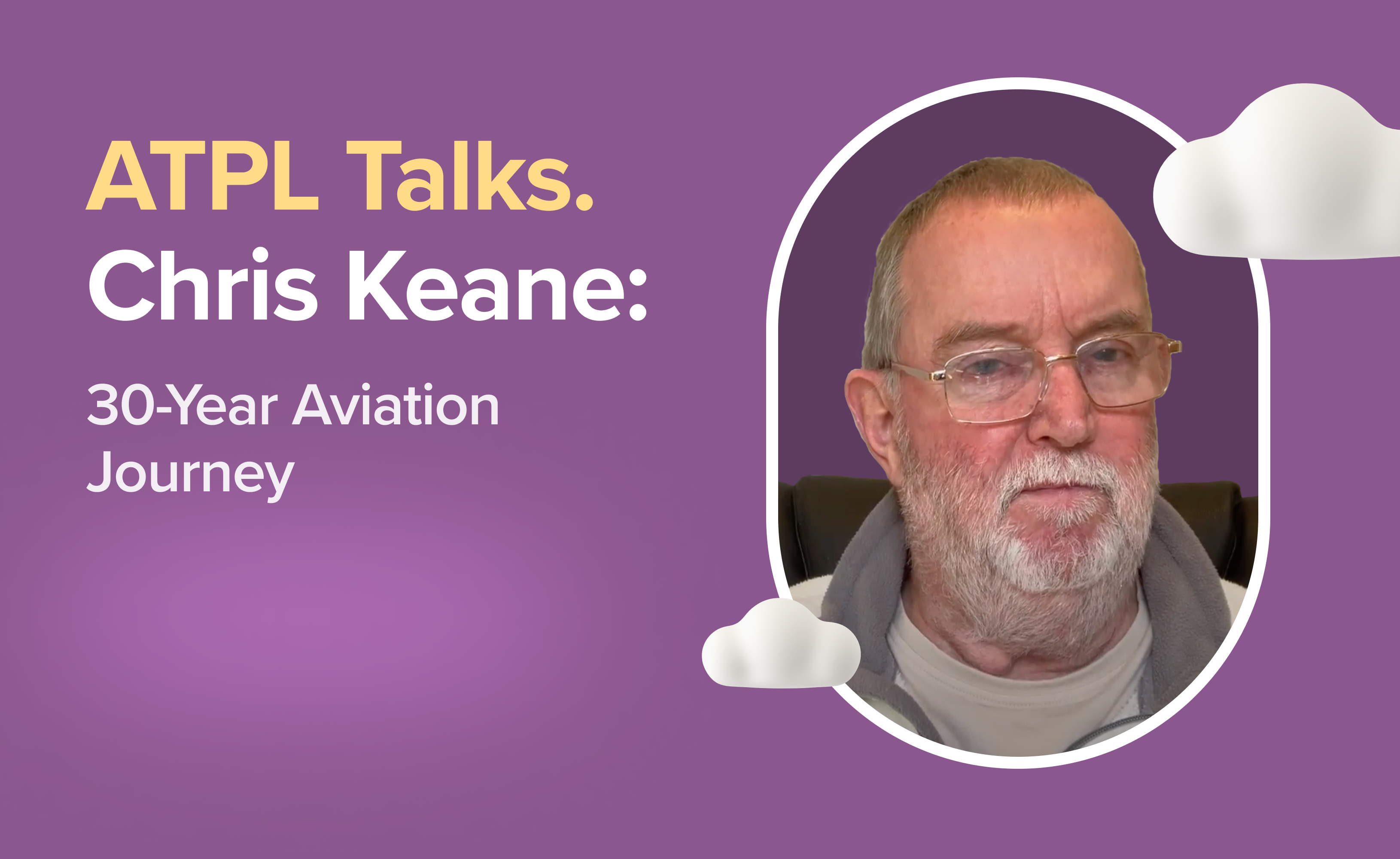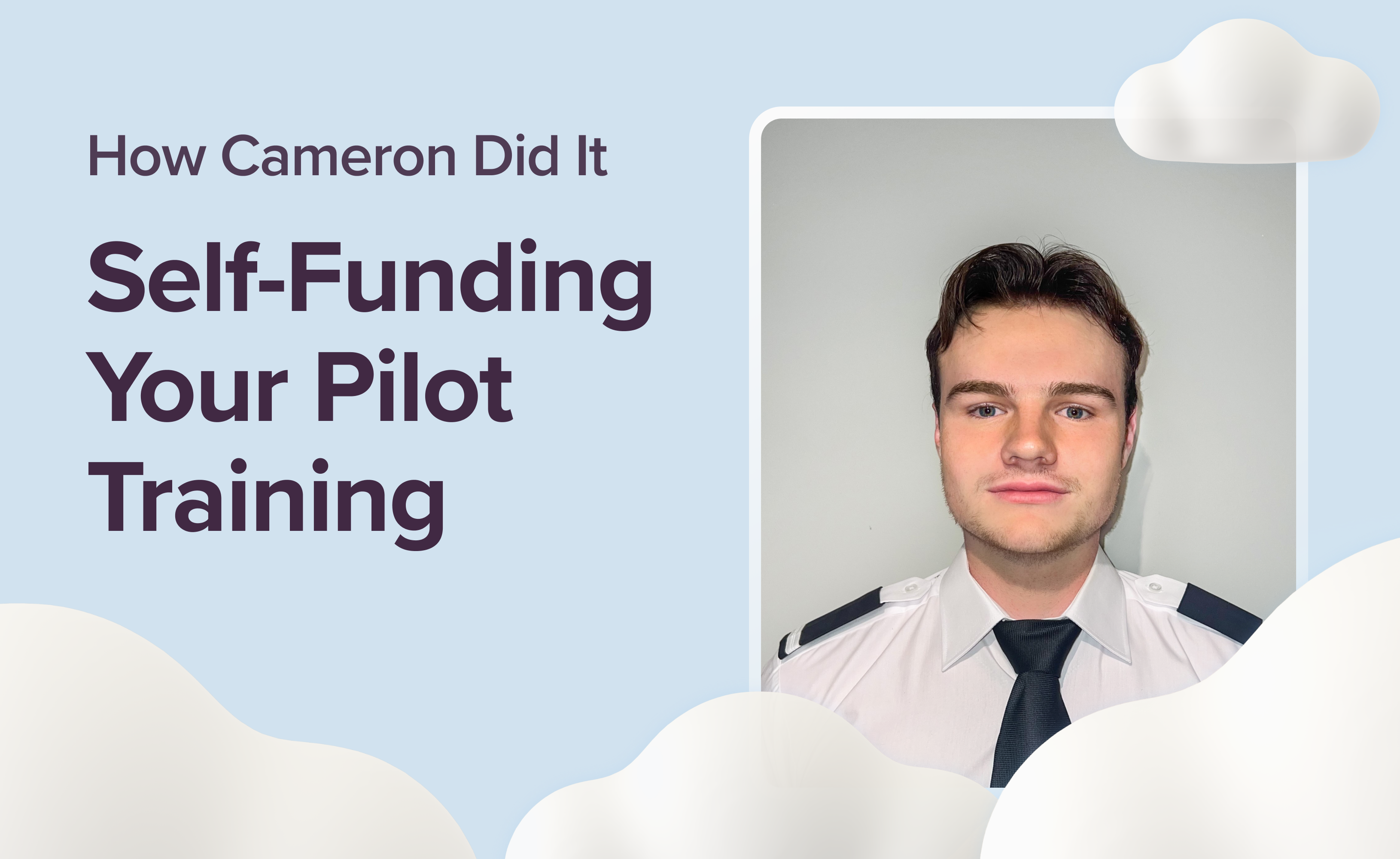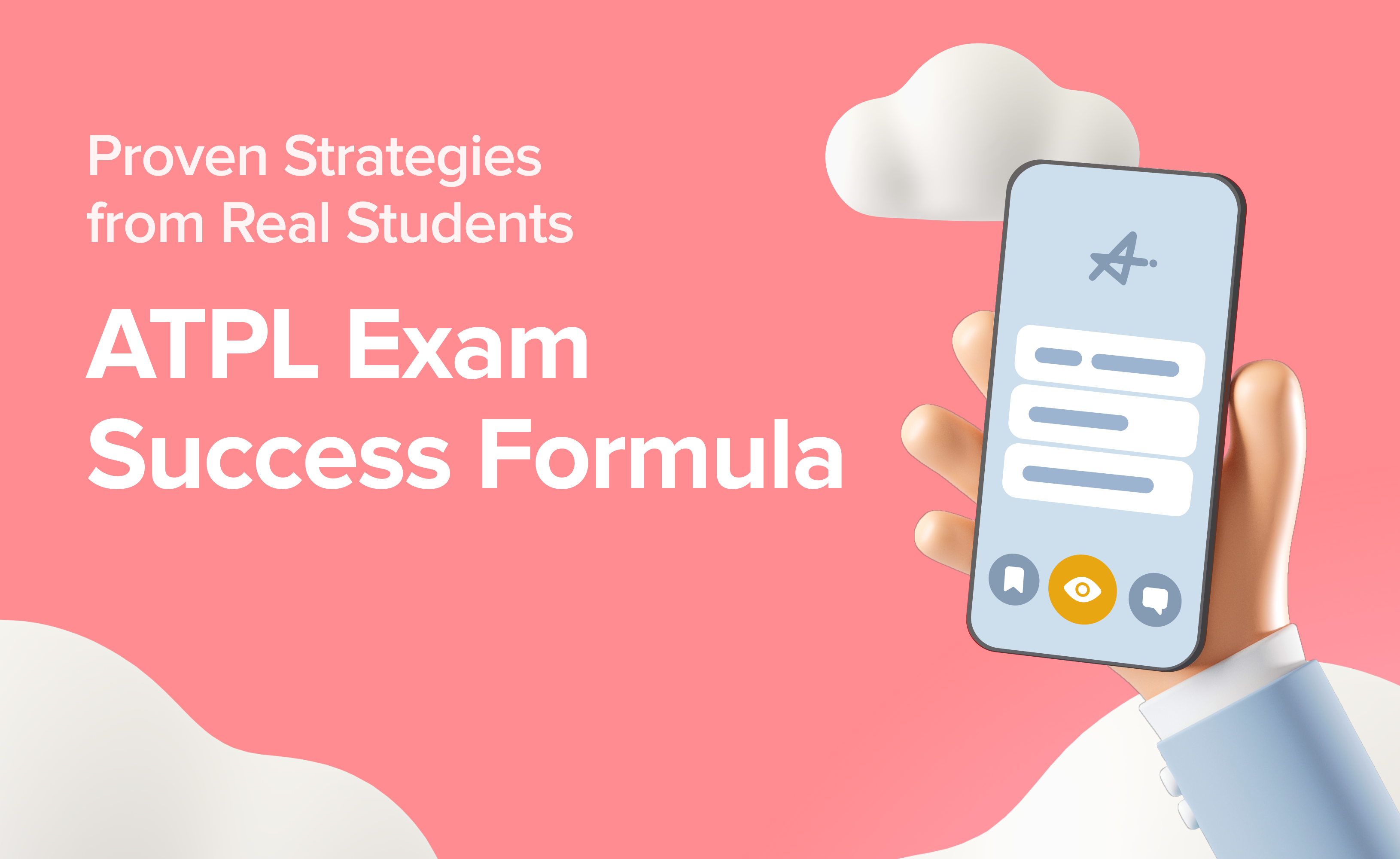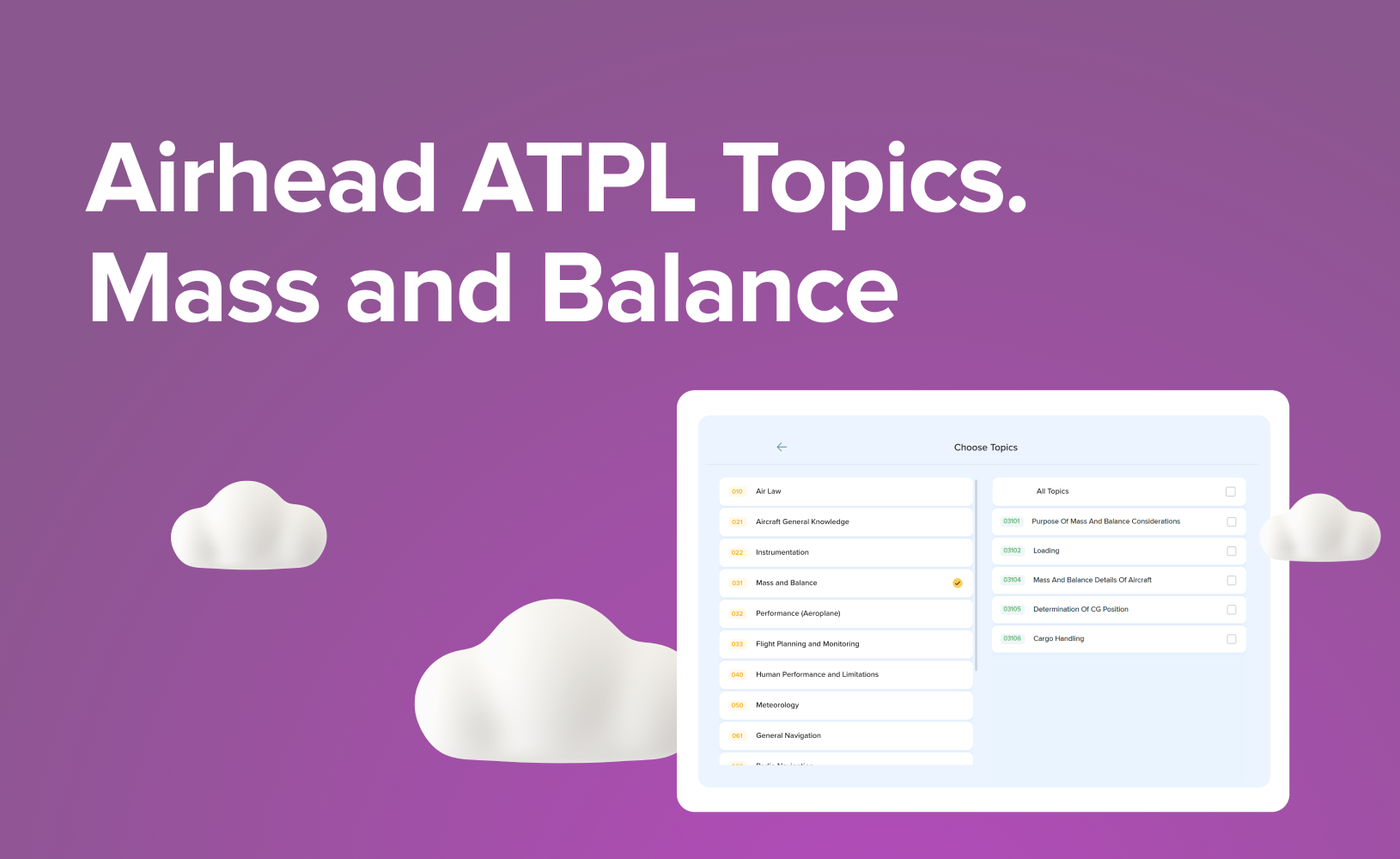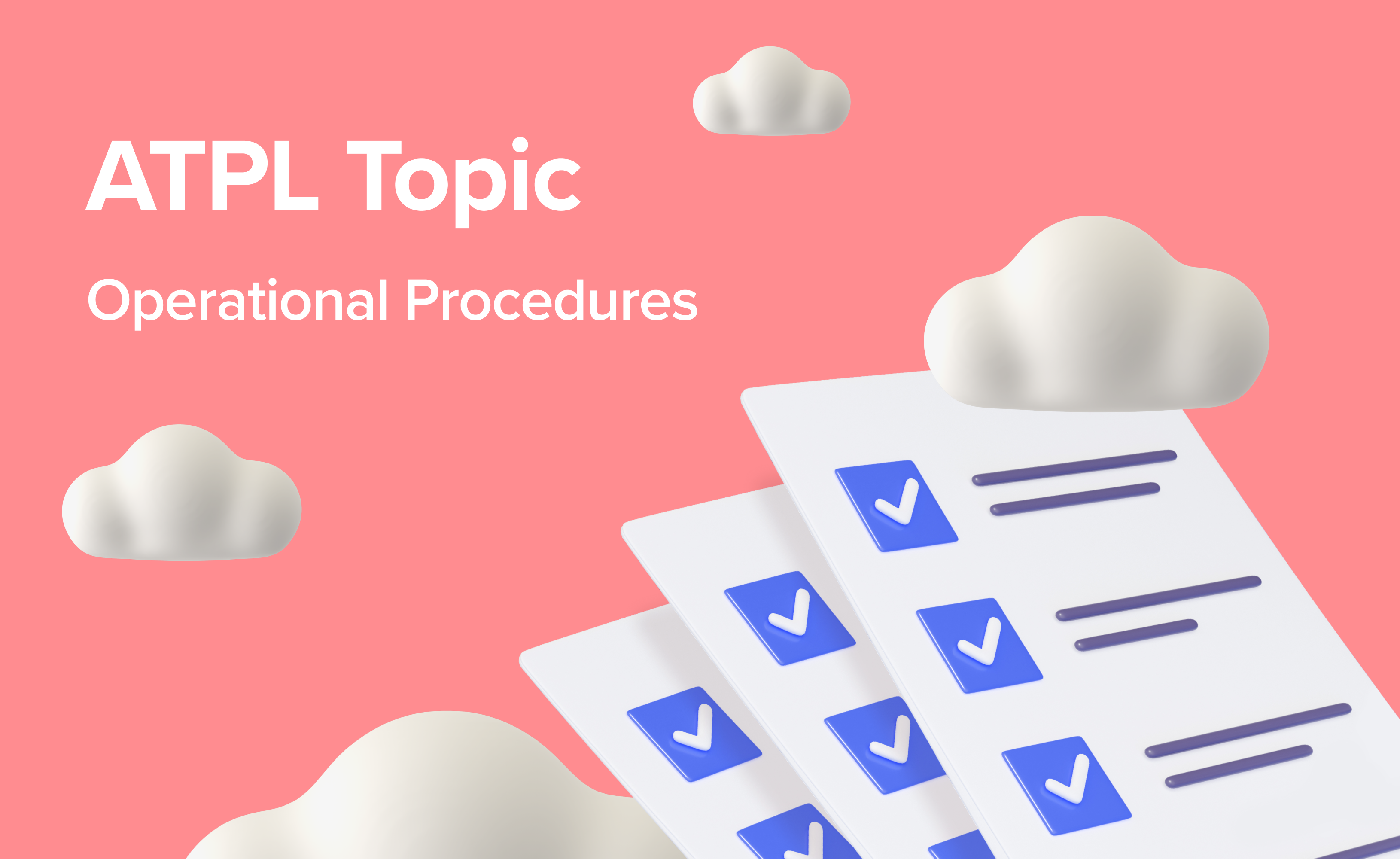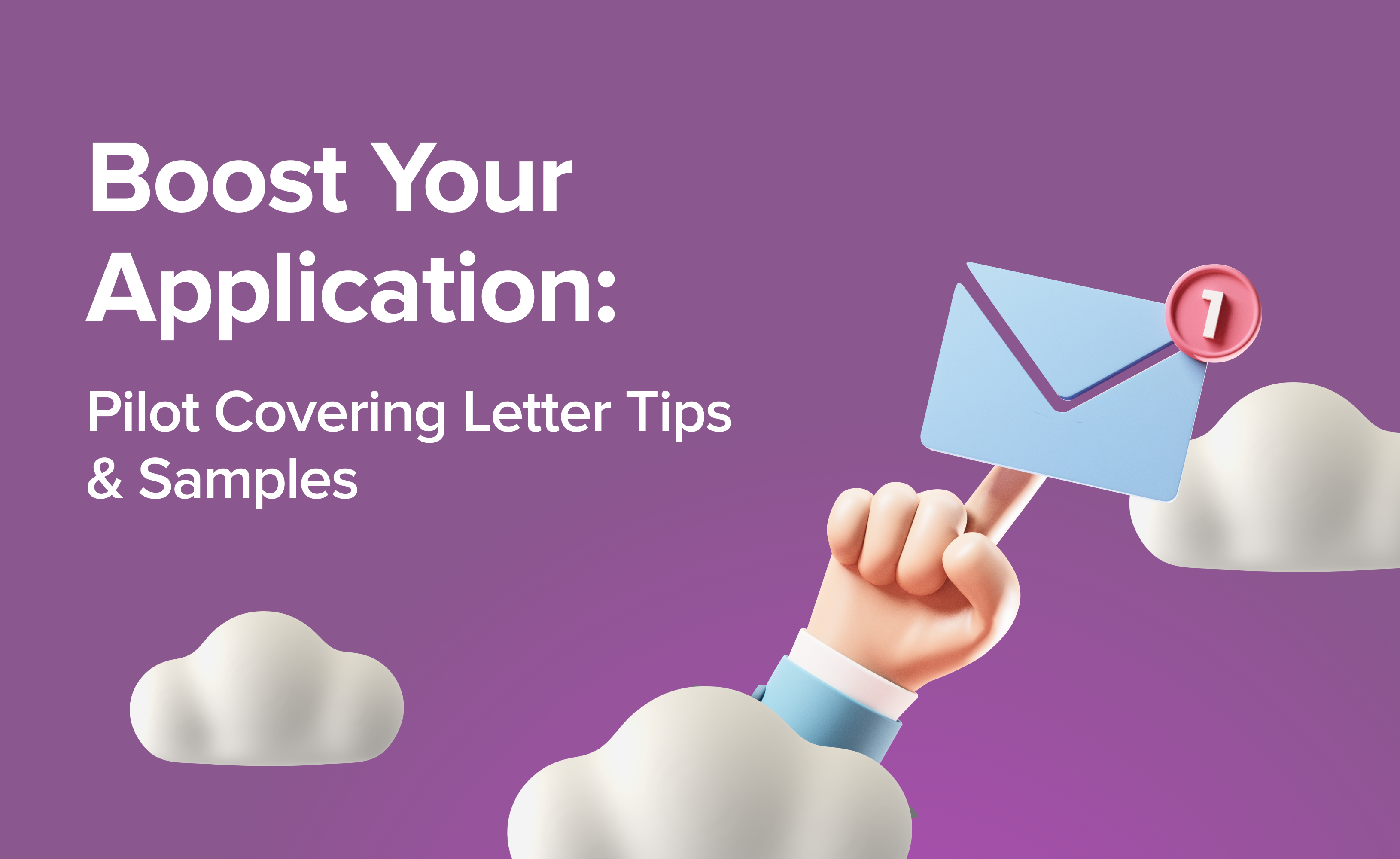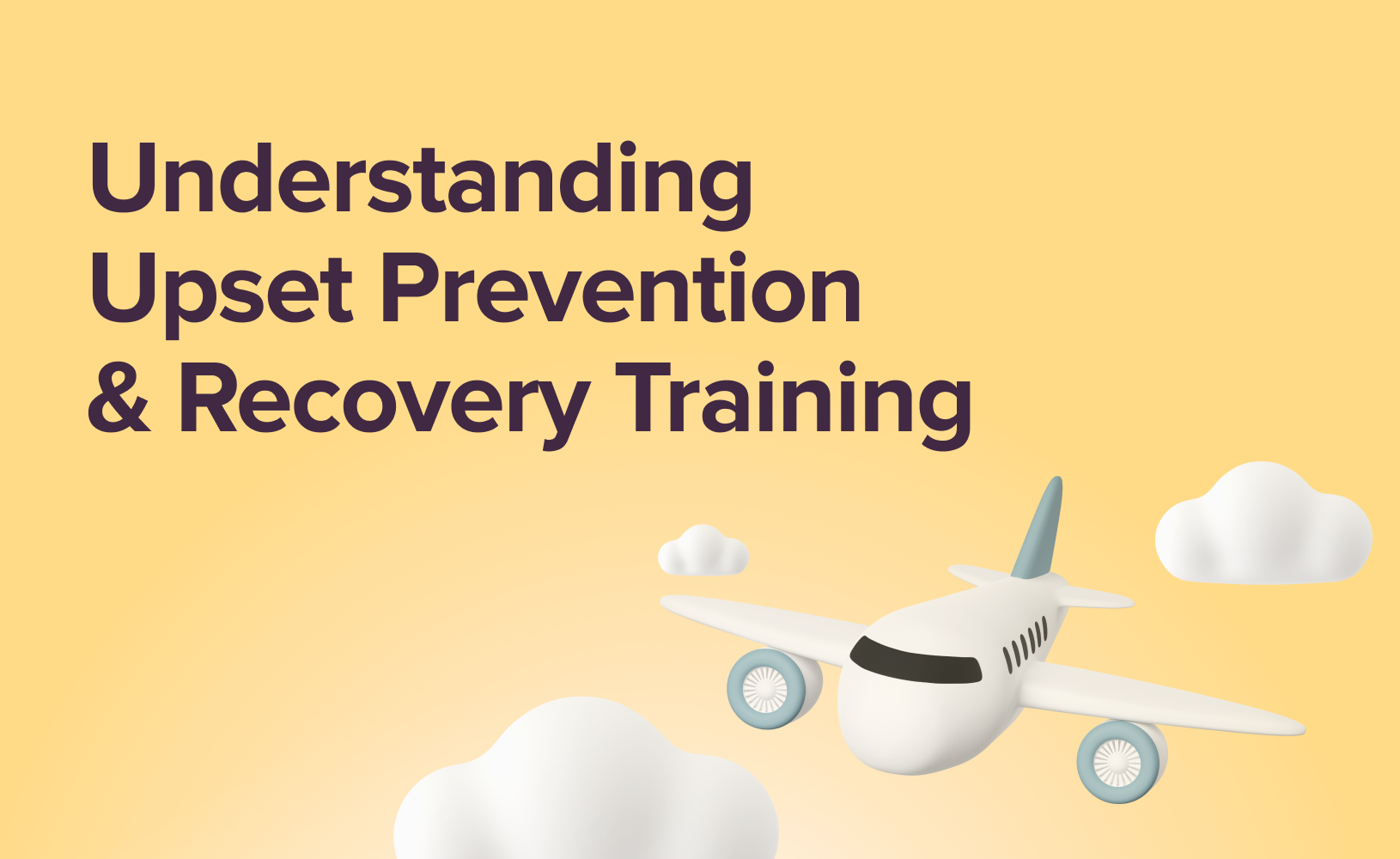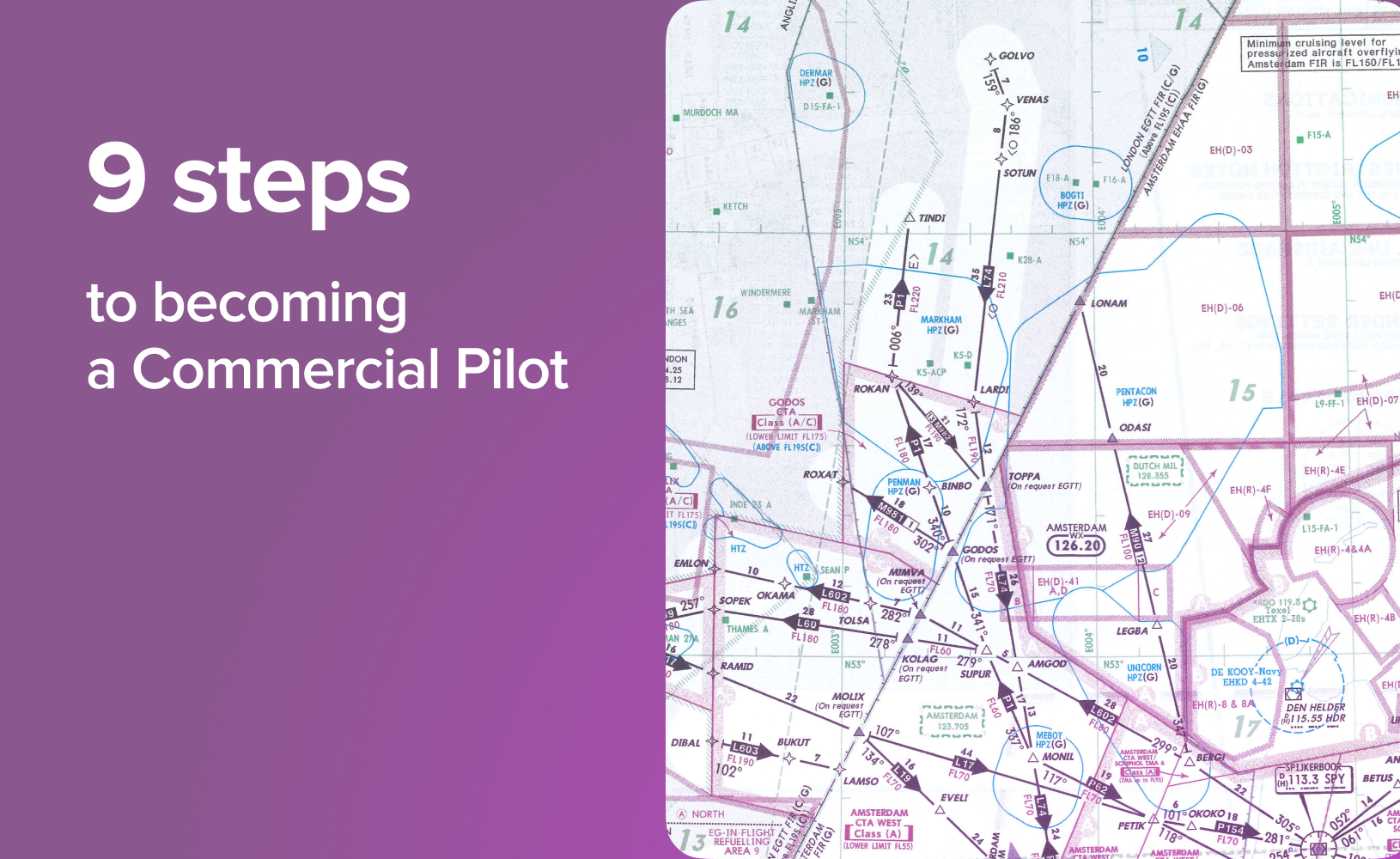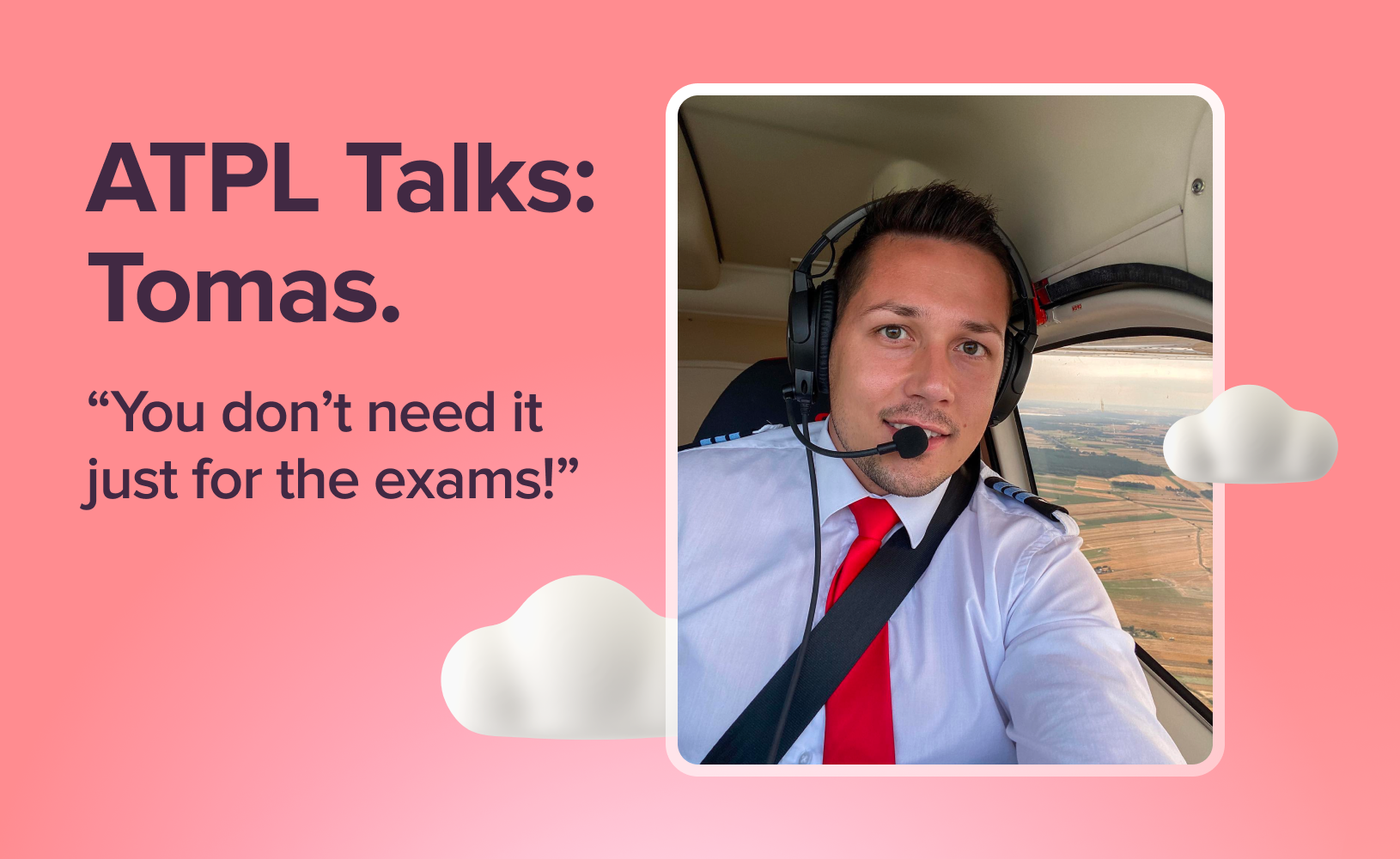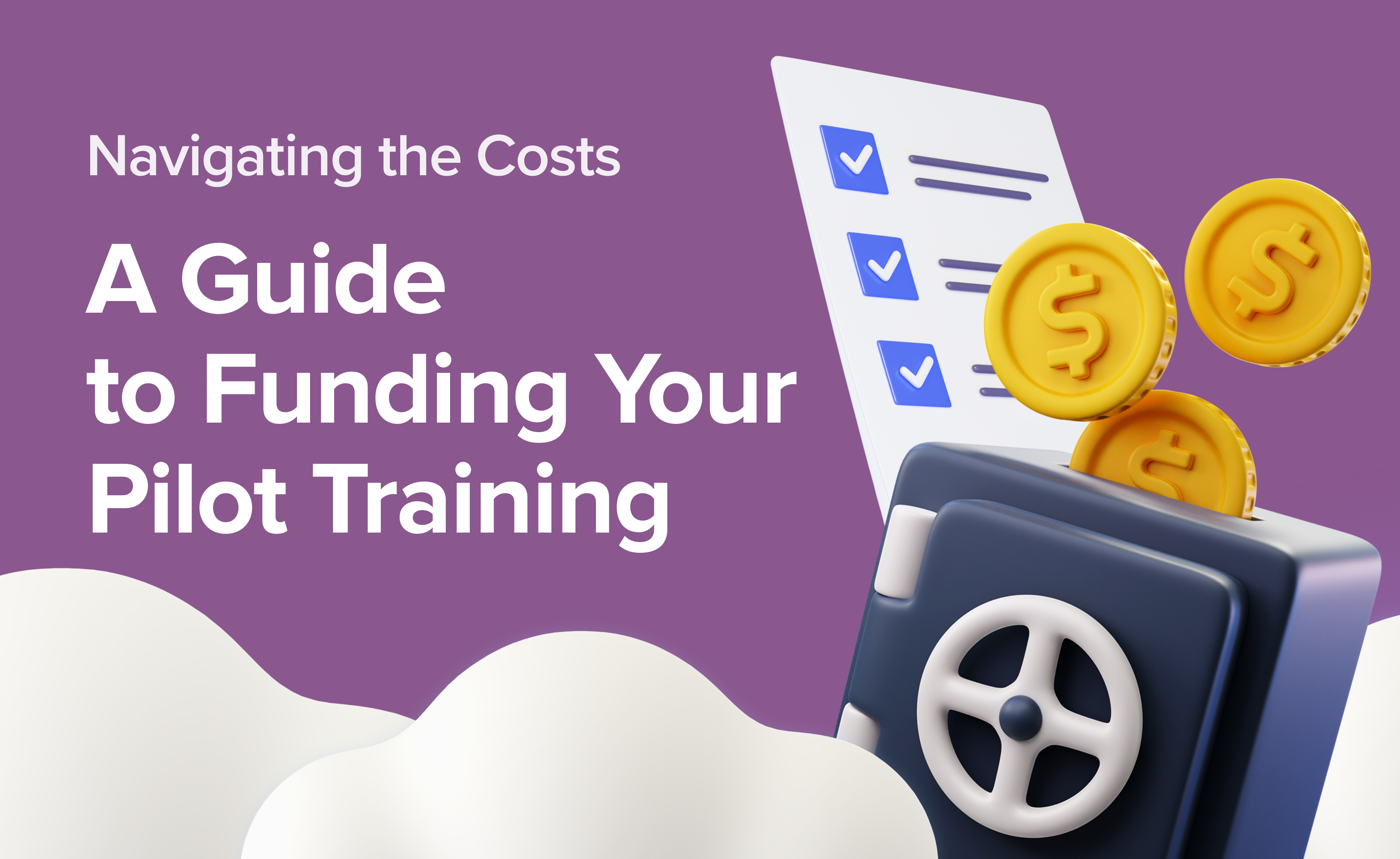Exam Guidance
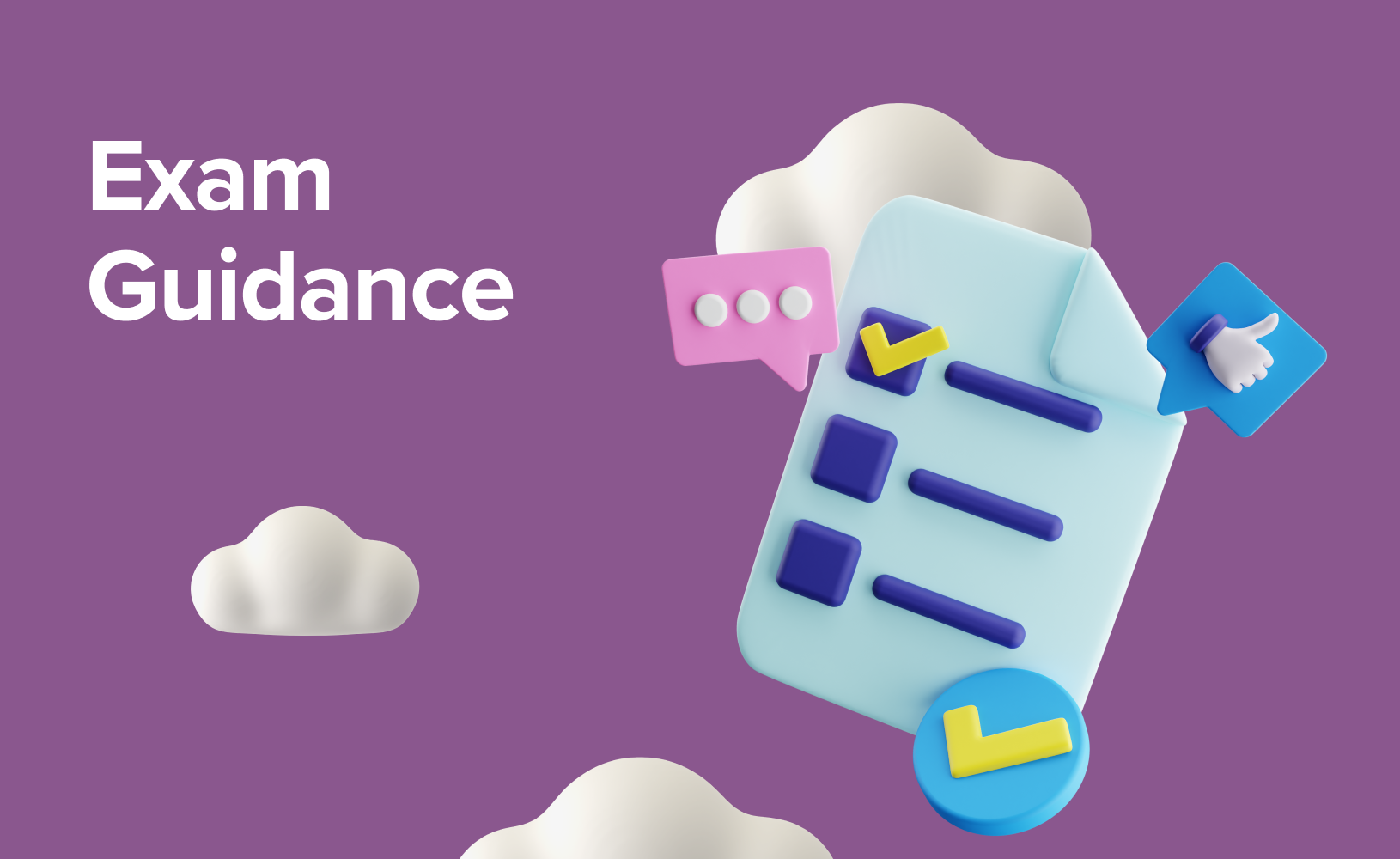
Studying for your ATPL can be daunting, but we've compiled some helpful hints and tips below to smooth the ride.
What is the structure of ATPL exams?
You can find syllabus for the ATPL exams on EASA website in a spreadsheet with a tab for each subject.Subjects (e.g. 022) The exams are arranged into 13 subjects. The subjects are numbered and named. For instance, subject 022 is ‘Aircraft General Knowledge – Instrumentation’. Topics (e.g. 022.02) Within each subject the syllabus is broken down by topic. For instance, the second topic in Instrumentation is ‘Measurement of Air Data Parameters’, and its number is 022.02. Sub-topics (e.g. 022.02.04) In each topic there are a number of ‘sub-topics’ dealing with each particular item. For instance, sub-topic 022.02.04 deals with ‘Altimeters’. Paragraph Headings (e.g. 022.02.04.01) and Learning Objectives (e.g. 022.02.04.01.04) In each sub-topic there is a number of Paragraph Headings and Learning Objectives (LOs) with numerical classification down to the 5th level. For instance, 022.02.04.01.04 relates to one piece of required knowledge, the ability to “Explain the operating principles of an altimeter”. Sometimes an LO applies only to certain exams, for instance only for Aeroplanes or only for Helicopters, this is indicated by crosses in the columns to the right.EASA are meant to ask questions which only test the requirements of the LO - this is not always how exams actually turn out, hence the need for question banks.
What should I do to prepare for the ATPL exams?
Learning courses Most candidates require an approved training course in order to be allowed to sit the exams. There are various types of courses available, from fully classroom based to fully remote distance learning solutions using Computer Based Training (CBT) and webinar access to the instructors, and many variations in between. EASA ‘approval’ is no guarantee of quality, some of the cheapest approved courses are nearly worthless. Buy sensibly. Modules Most courses split the 13 subjects into ‘Modules’ or ‘Phases’ so that you learn 3-4 subjects in one module, take the EASA exams for those subjects, then move on to the next module. On any sort of course you should be supplied with training material that covers all the LOs in the syllabus subject by subject.
Question bank From the experience of former ATPL students we know that merely learning the syllabus material does not prepare you for the official exams. In order to pass with a good mark you should combine the study of your course material with the use of a good question bank, and you should start using the question banks at the beginning of yourstudy to get used to the sort of questions asked.
How many questions should a question bank have?
Quality over quantity Some question banks make a big deal of the amount of questions they have. Actually, there are many questions that have been withdrawn from the exam banks because they do not match the current syllabus. What is significant is the number of up to date questions, and the ability to apply filters so that you see only those relevant to you.
Get the most relevant questions Airhead has a unique ranking system that enables us to show you the most relevant questions from the 4 key question banks. Many questions are identical. In that case we show you the best version, according to our ranking system. We also show you the others as ‘similar questions’.
How to use the Question Bank?
Learn from your course First, you should absolutely not rely only on question banks to pass the exams. This form of rote learning misses out the essential knowledge that you will need to succeed in Airline interviews and to support learning in your future career.
Go through questions relevant to the lesson Most experts suggest that you should do the lessons on the course first, and then refer to the banks to see exactly what questions are likely to be asked about what you have just learnt.
Break your studying into manageable chunks It is likely that a lesson in your course would only cover one Sub-topic such as ‘Altimeters’ (022.02.04) so you won’t be able to cover all questions in the Topic of ‘Measurement of Air Data Parameters’ (022.02). What you would want to do is complete the lesson on ‘Altimeters’ and then search for questions that relate to LOs in this Sub-topic (022.02.04).
Lesson by lesson, sub-topic by sub-topic* In the Airhead Practice mode you are encouraged to select desirable syllabus level down to sub-topic so that you can work through the relevant questions lesson by lesson. We recommend that you steadily work through the bank in each subject in this manner in parallel with your studies until you have seen all the relevant questions. *Sub-topics coming soon.
Configure your custom test Airhead enables you to customise your test in Practice Mode: choose the subjects and topics that you are currently studying, then use a set of filters to get the most of your training process.
Take advantage of the Exam Mode Once you have worked through all the relevant questions it is time to start practice exams. They are generated to match the structure of the EASA exams and can be attempted either to timed or untimed. Start with untimed, then switch to timed exams as you get more confident.
Notifications on relevant new questions When new questions arrive in your selected subjects, as feedback from exams, you will be notified through email and directed to them.
How do I know that I am ready?
Your target should be to get 90-95% in timed exam mode, expecting to drop your percentages by 10-15% under the pressure of a real exam. When you can do that the chances are that you are ready for the exam. More than 95% is better still. In your Airhead Profile section there are smart dashboards to help you track your progress. They reflect your average score at un-timed and timed practice exams, then the algorithms predict your real exam score based on your performance and exam date.

